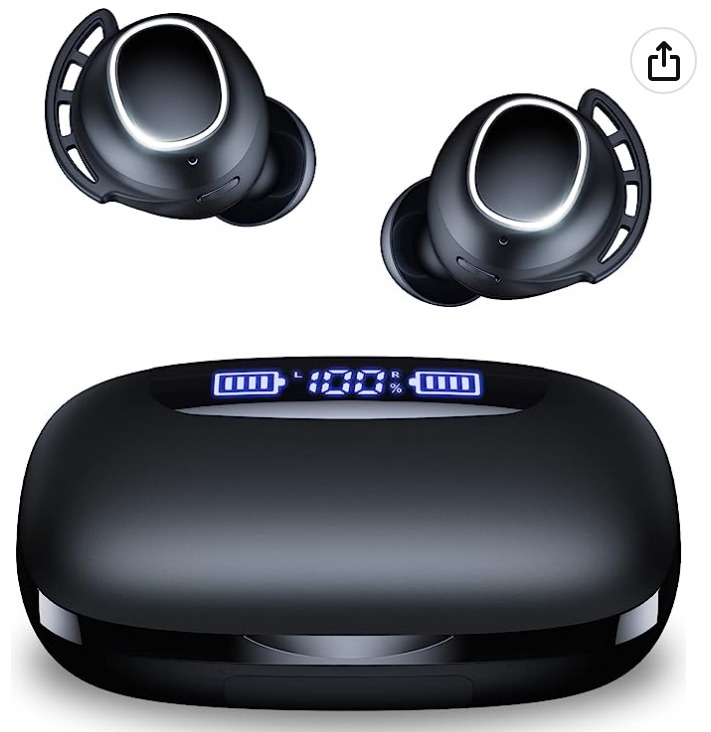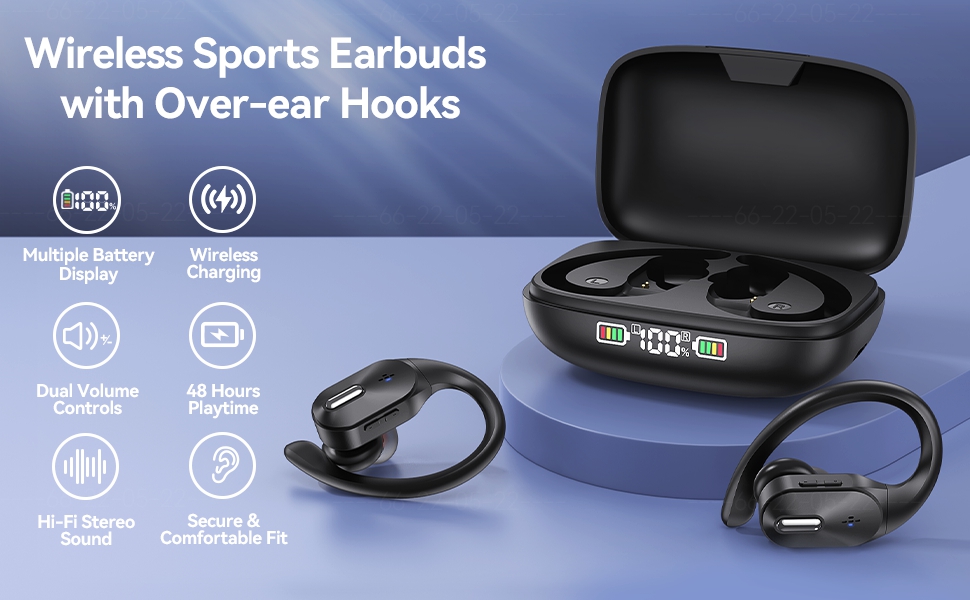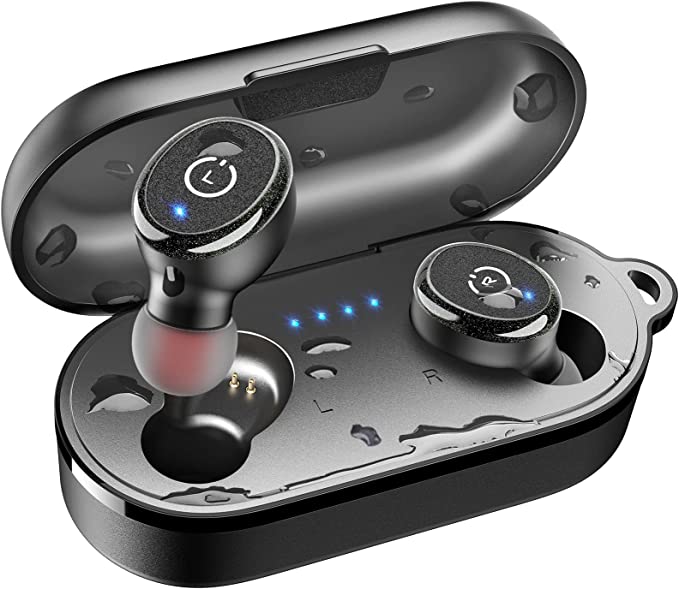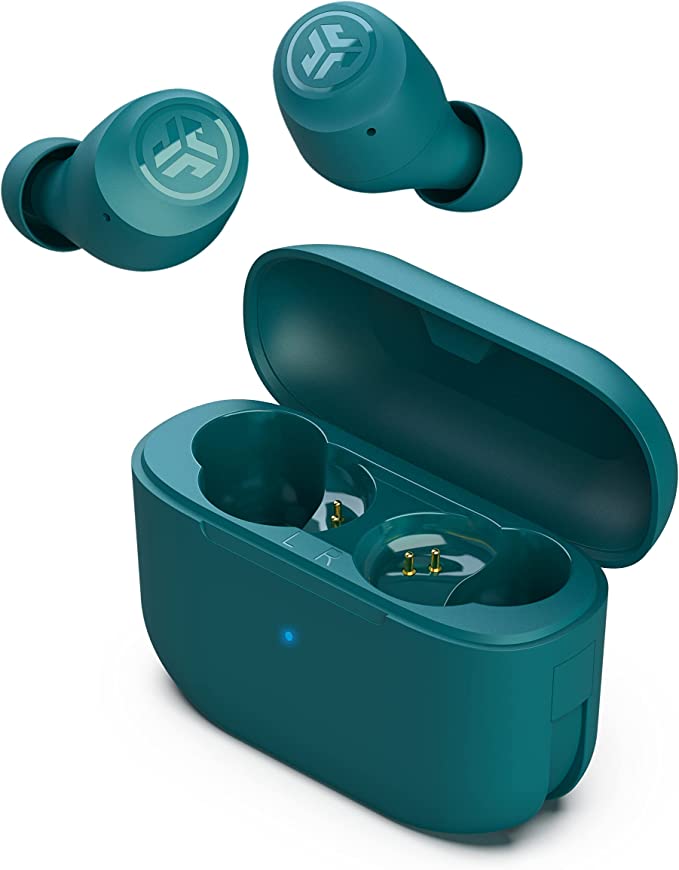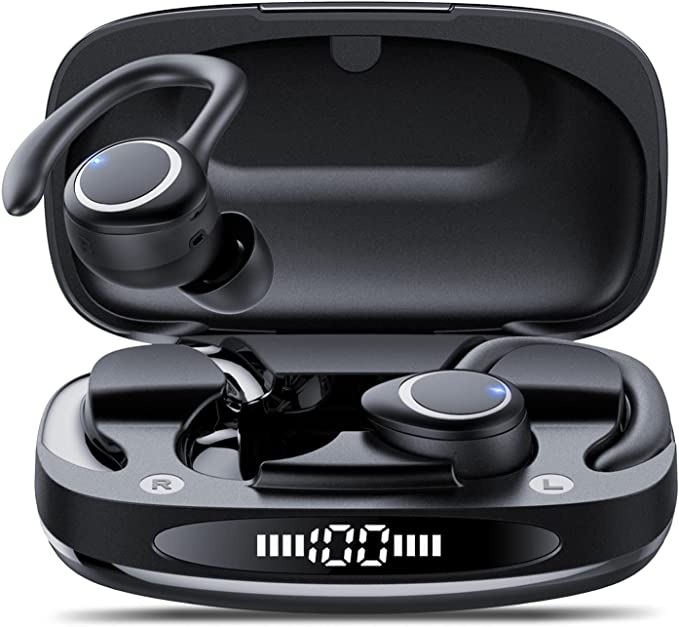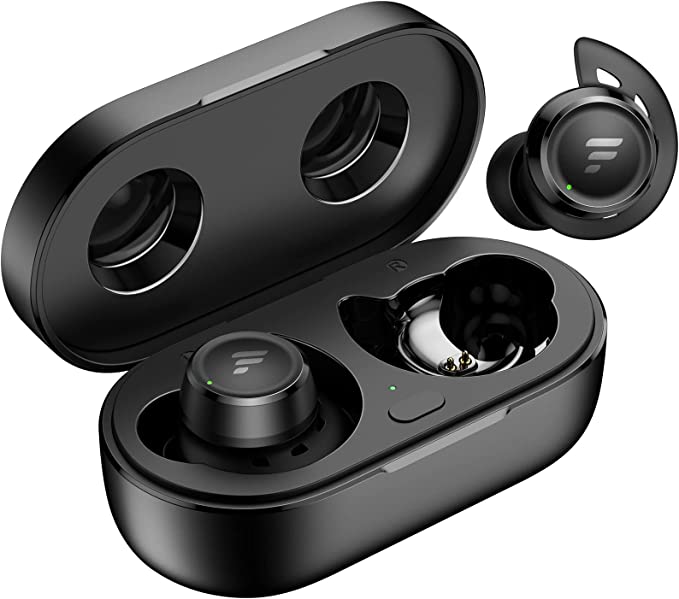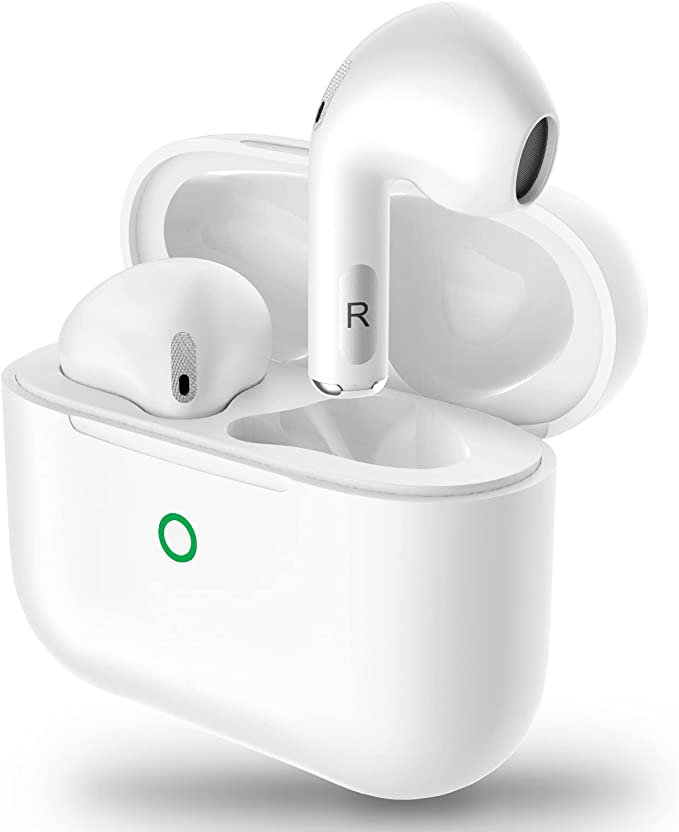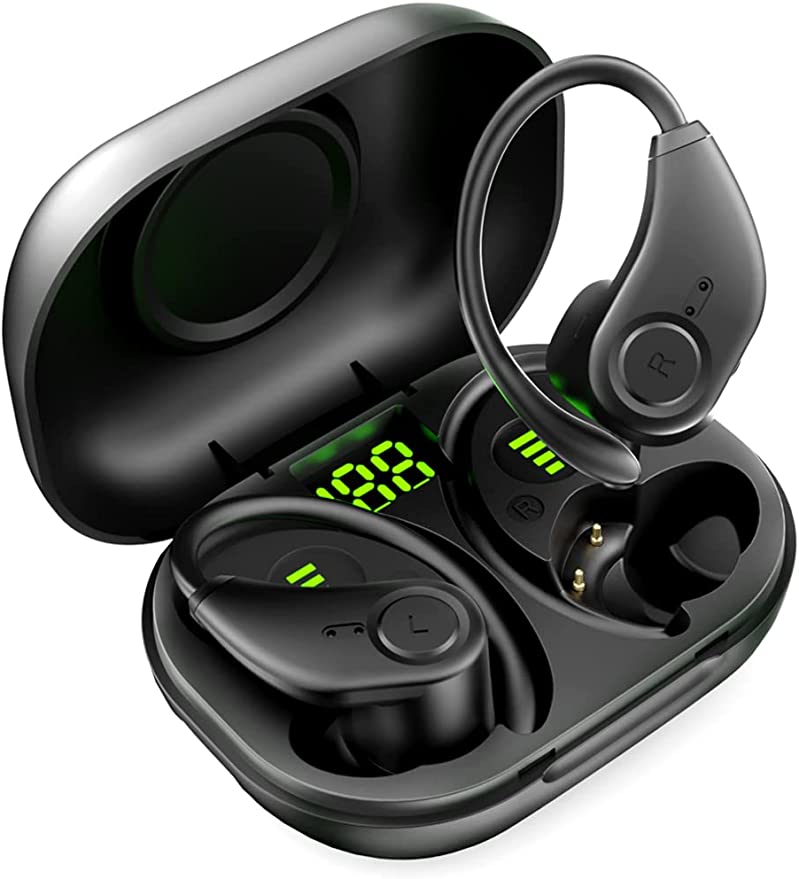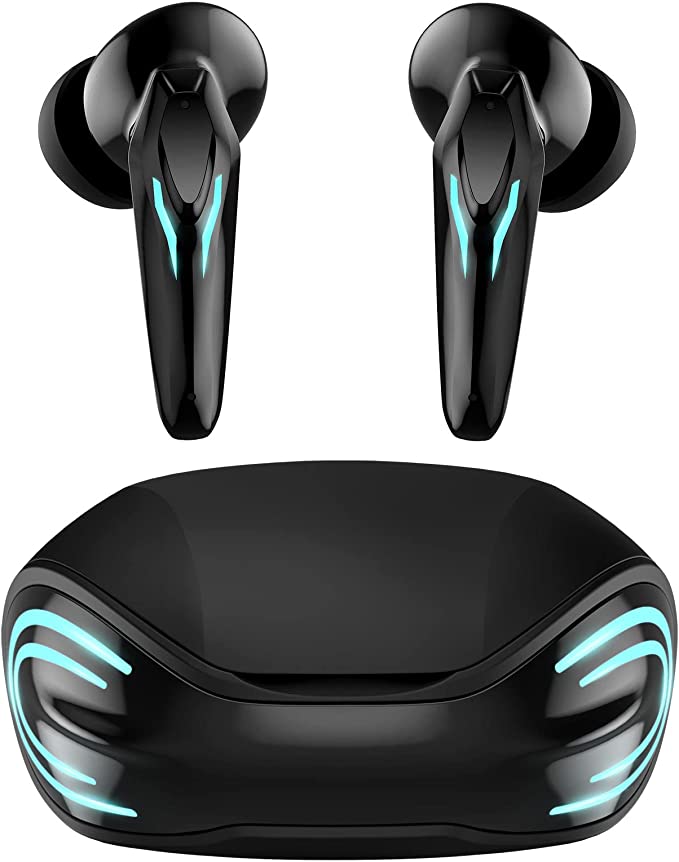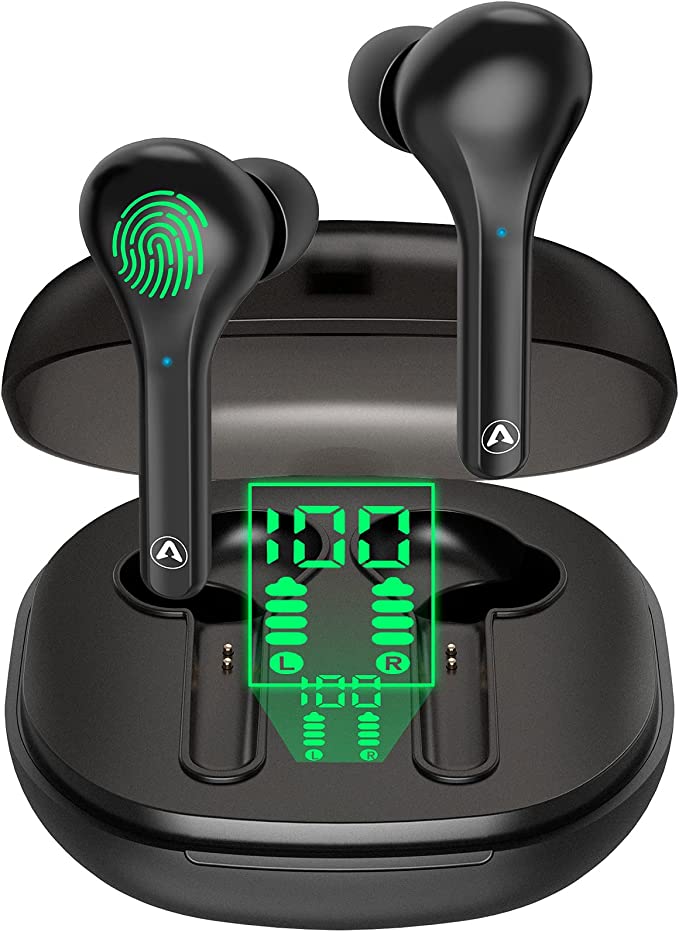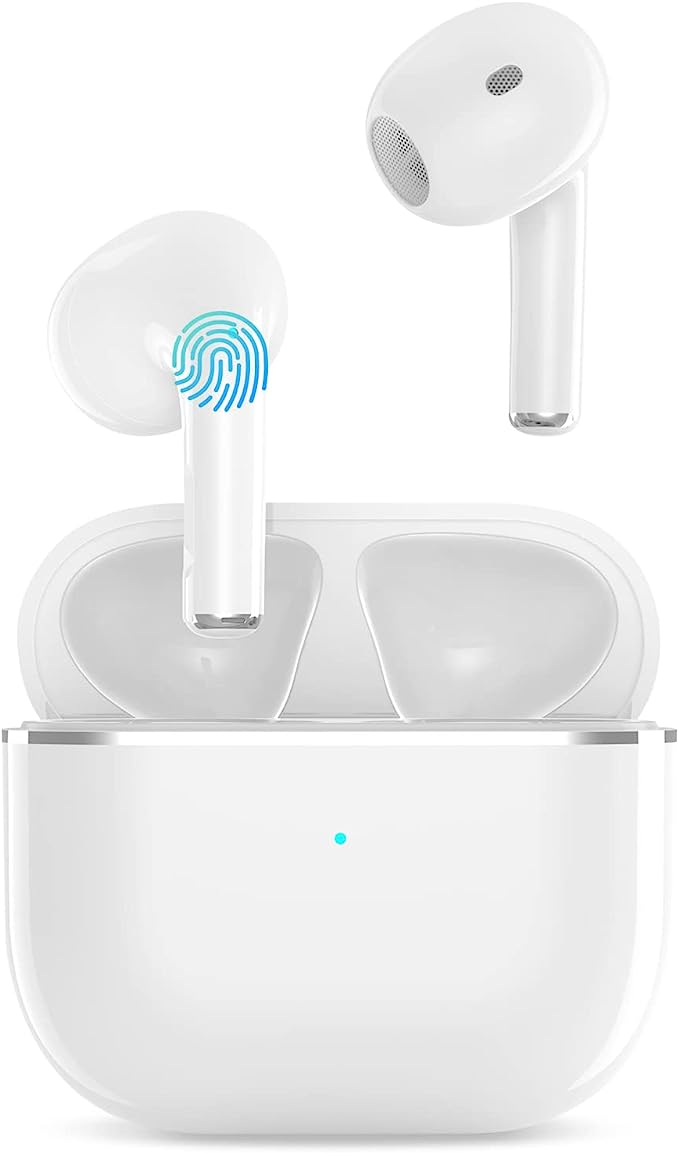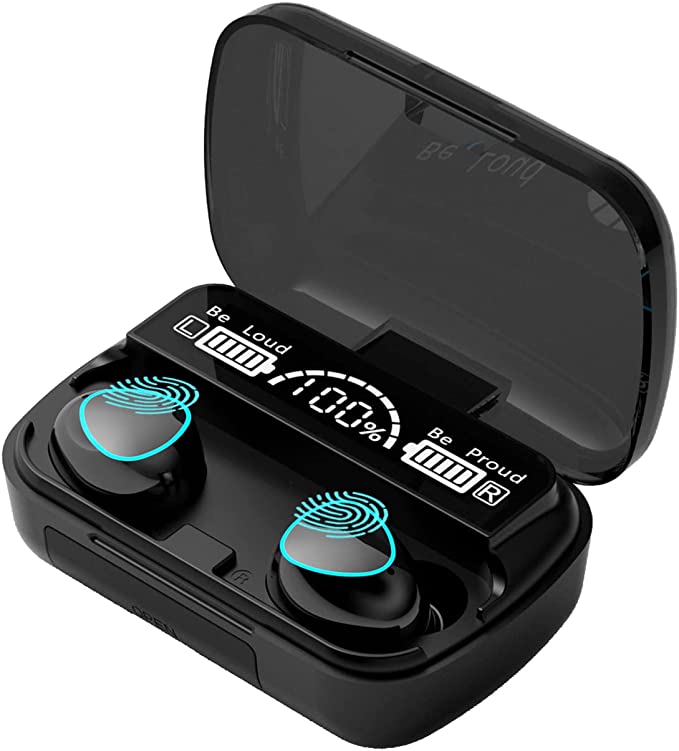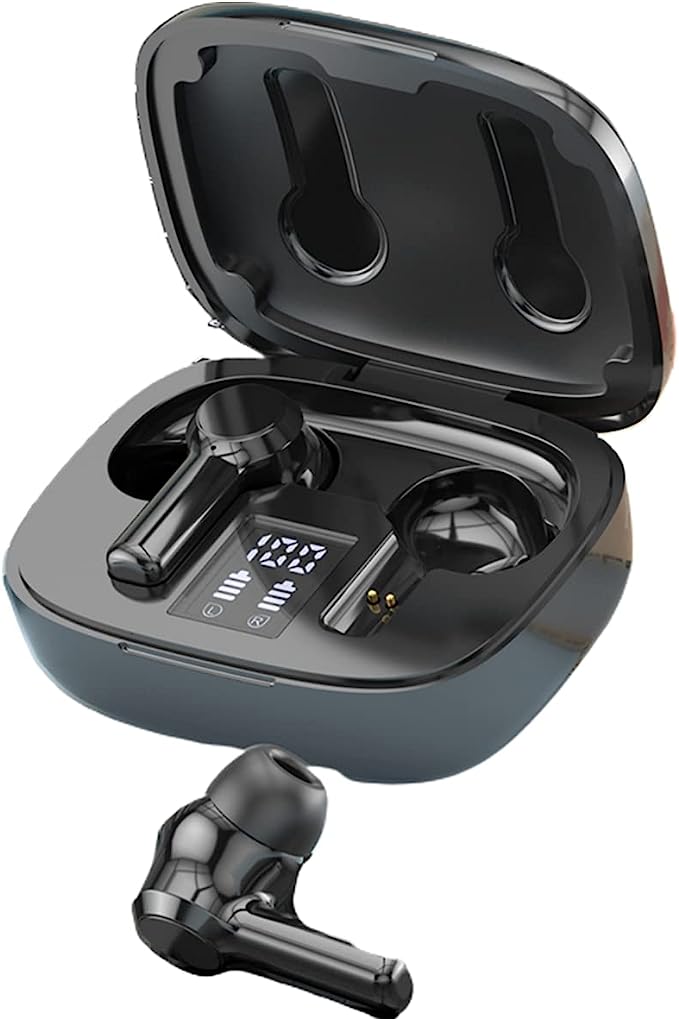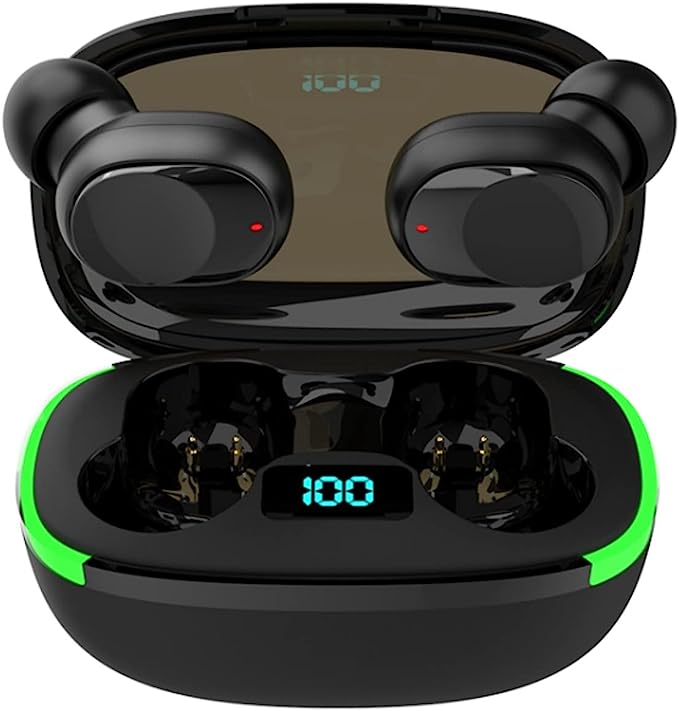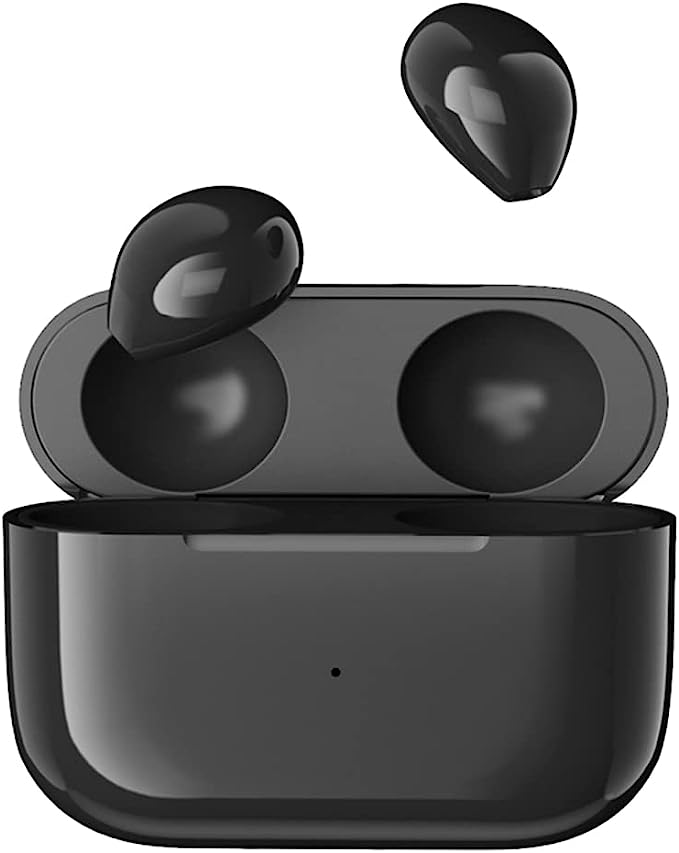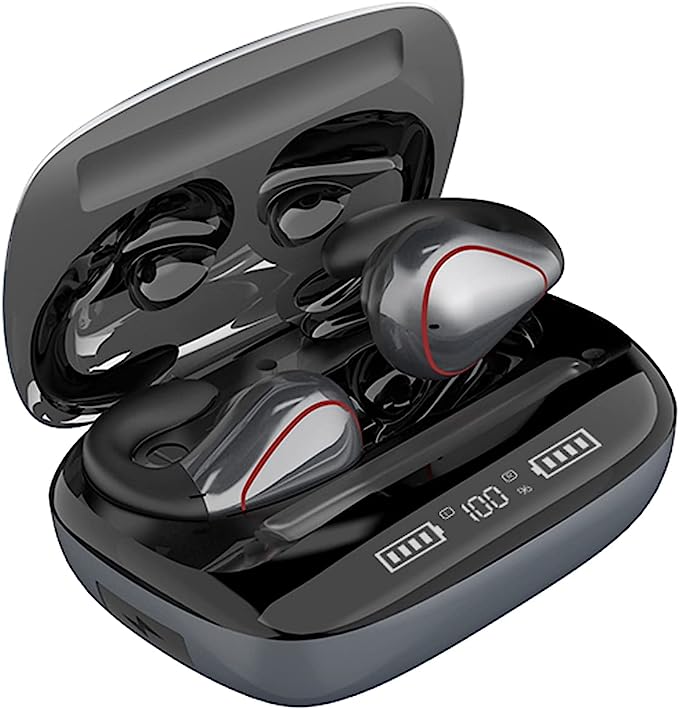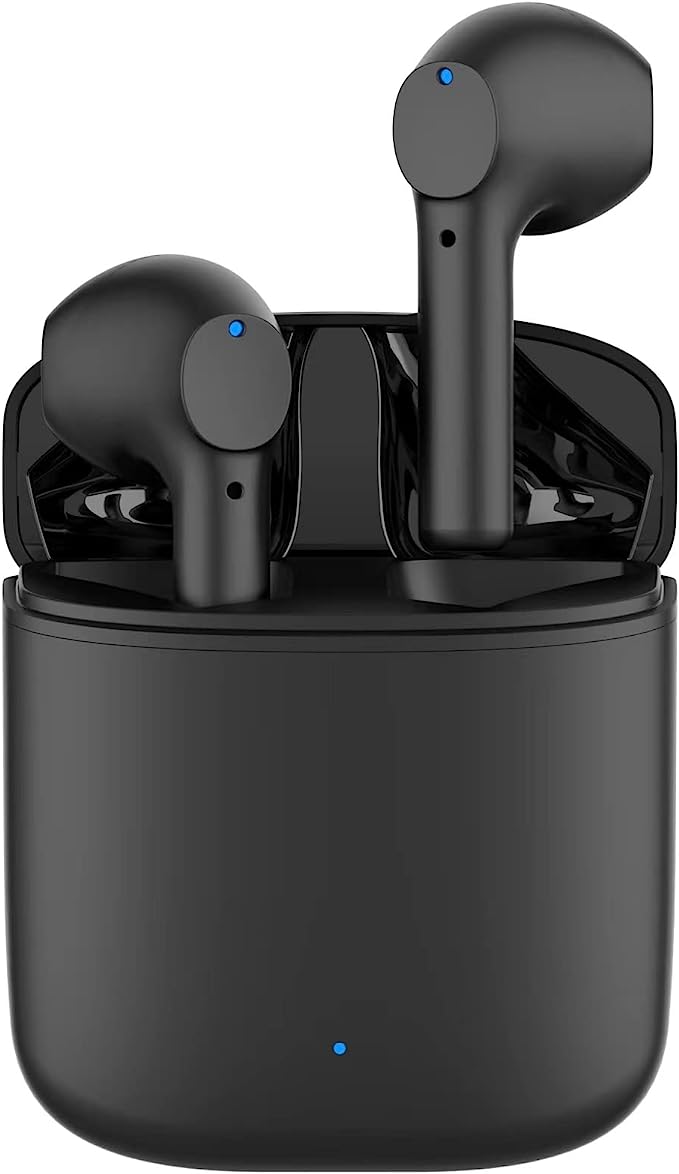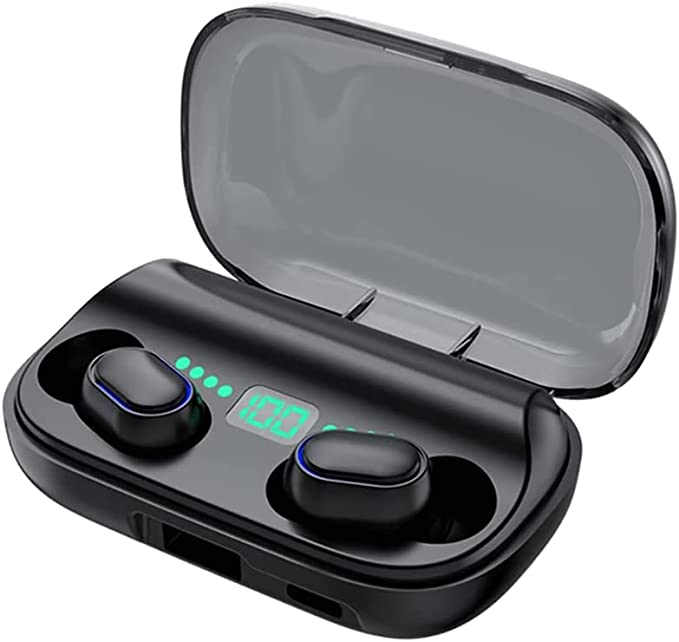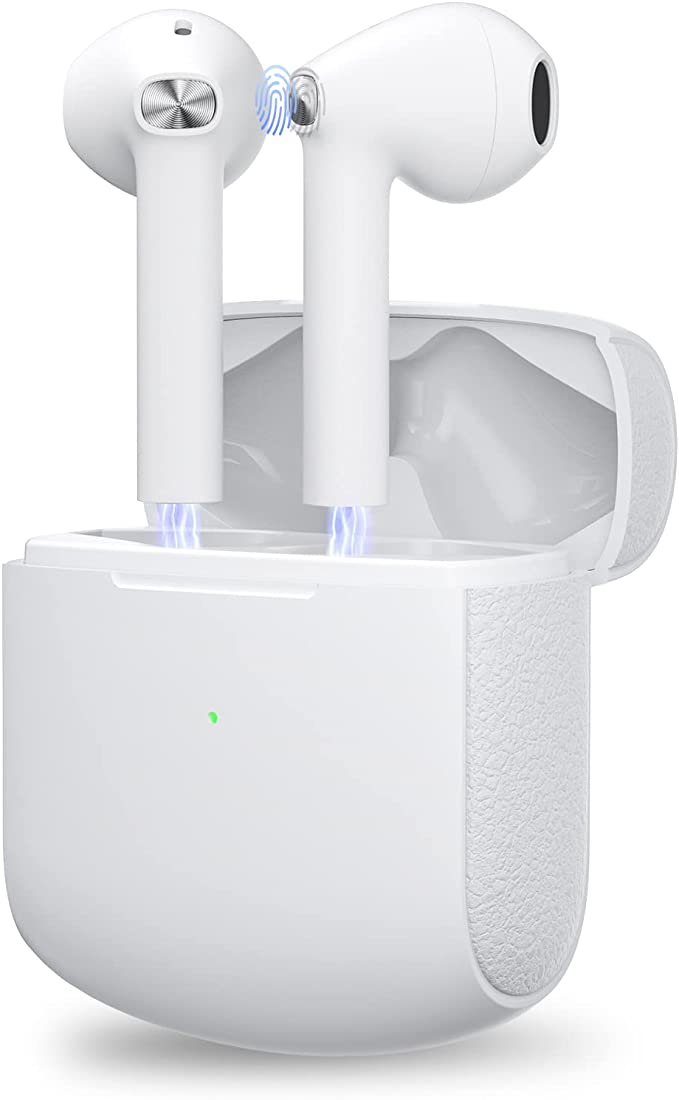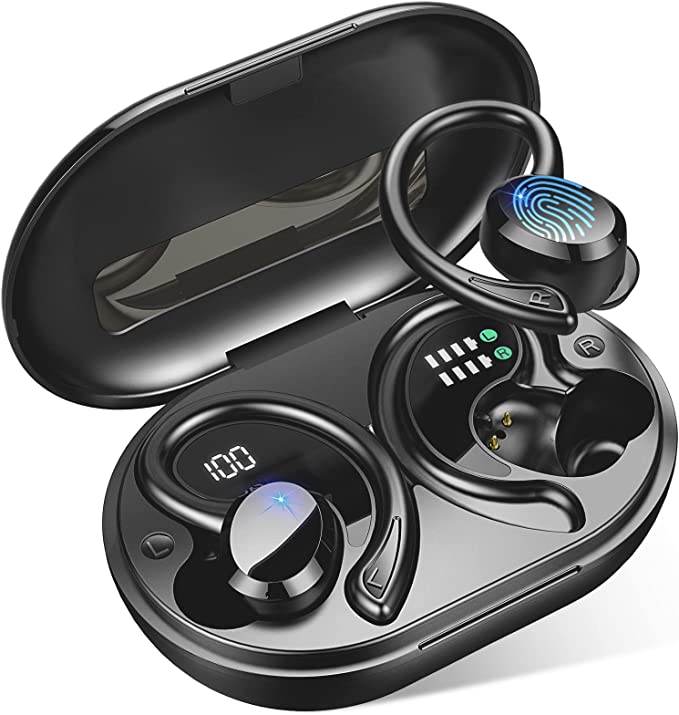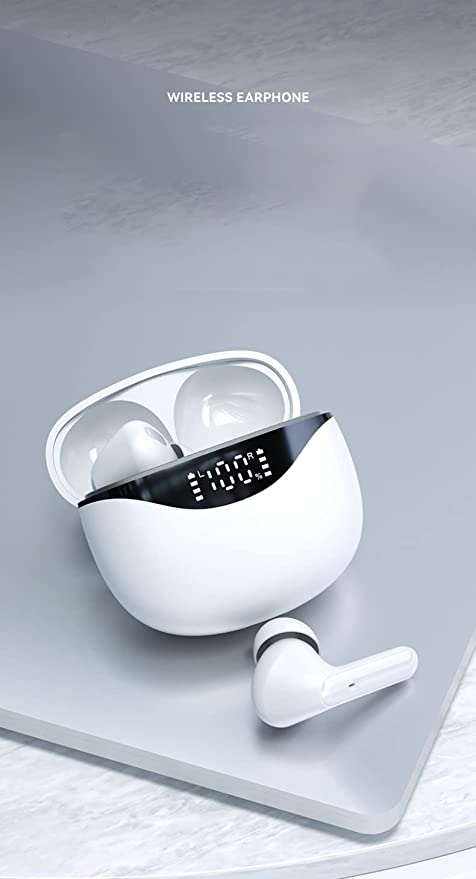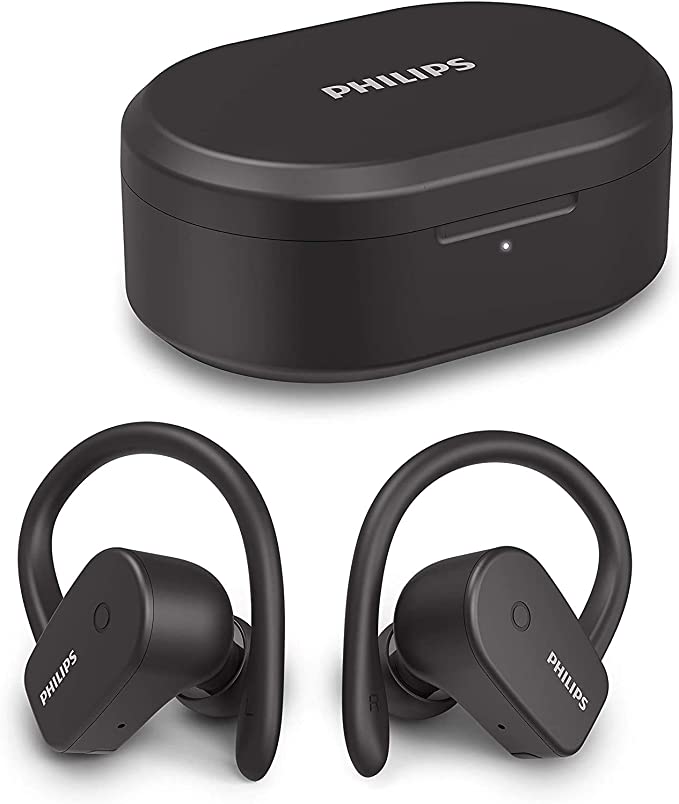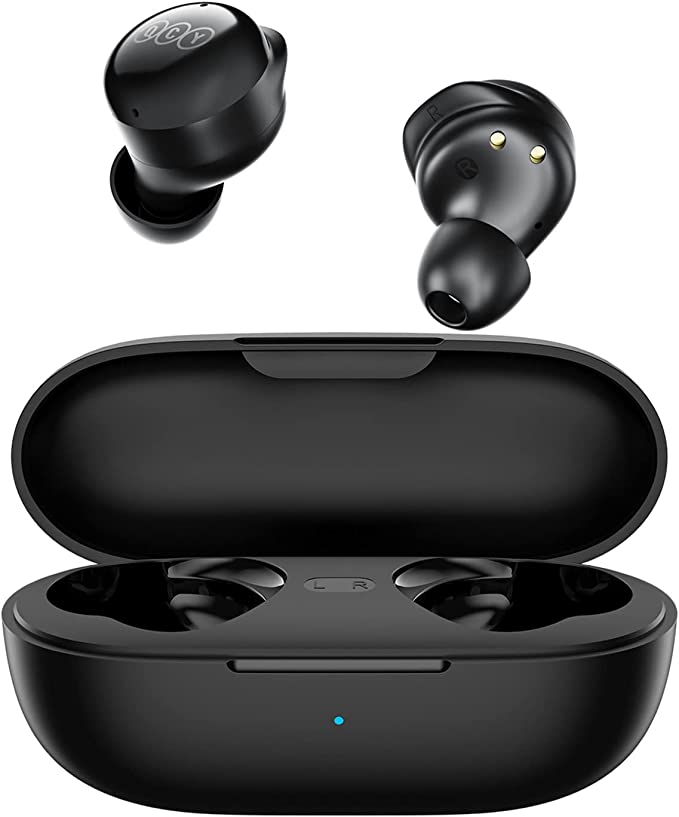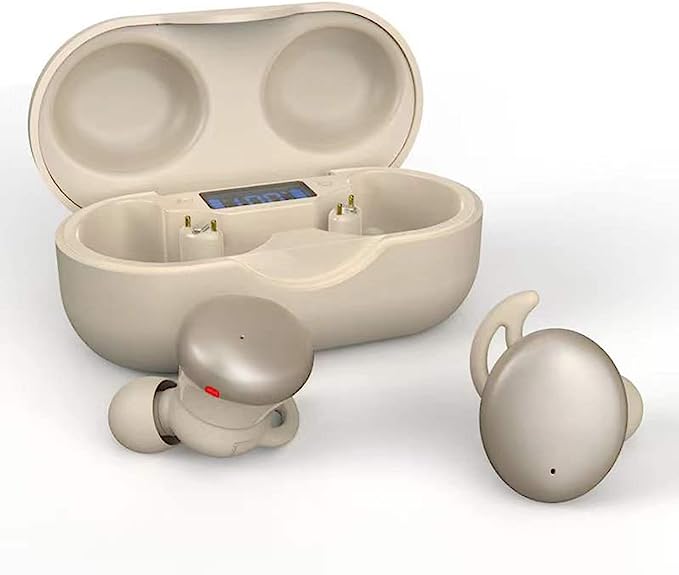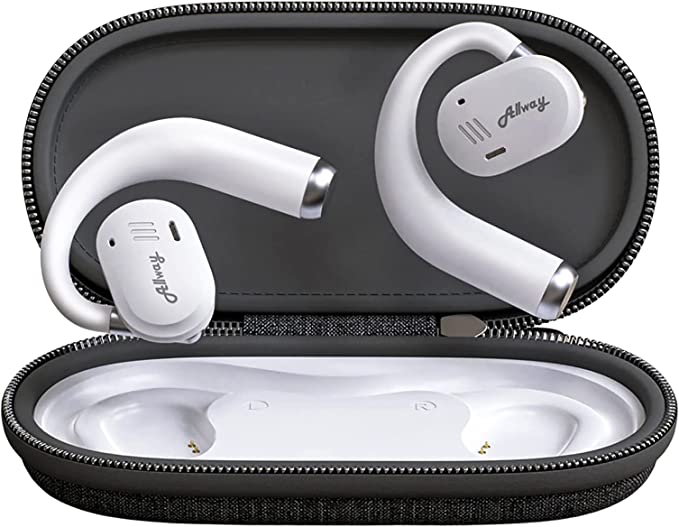WERDEDE J68 True Wireless Earbuds: Unleash Your Audio Freedom
Update on March 20, 2025, 5:45 p.m.
Remember the days of painstakingly untangling your headphone wires? It was a ritual as familiar as the music itself. Those early headphones, with their bulky designs and cumbersome cords, were a far cry from the sleek, wireless devices we enjoy today. The first headphones, developed in the late 19th century, were primarily used for telephone and radio communication – imagine massive, padded contraptions clamped to your head! Over time, they became smaller, lighter, and more focused on music listening, but the wires remained a constant companion, a tether to our audio sources. Then came the wireless revolution, a gradual shift from clumsy radio headphones to the sophisticated Bluetooth technology that powers today’s audio devices.
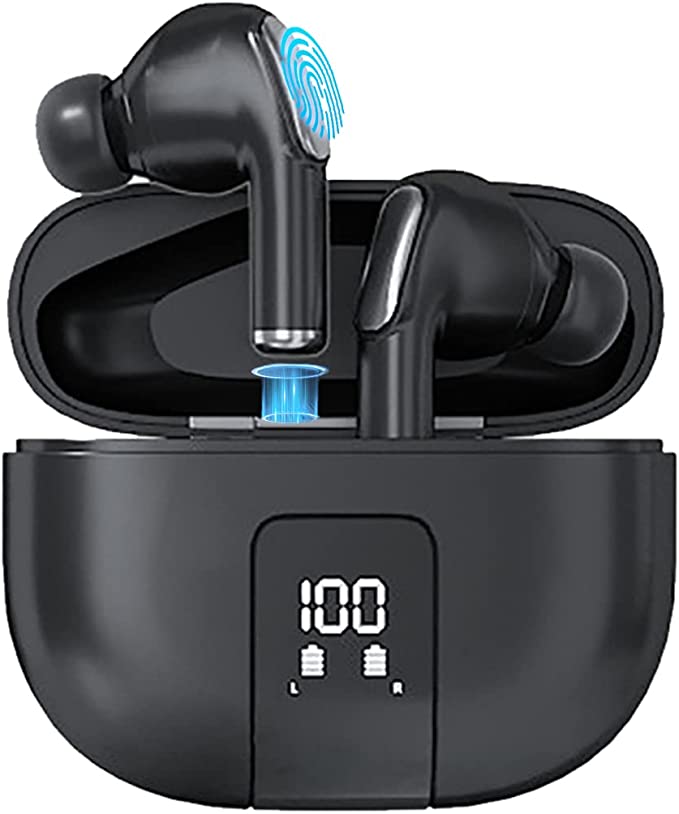
Untangling the Mystery: What are TWS Earbuds?
True Wireless Stereo (TWS) earbuds represent the culmination of this wireless evolution. Unlike traditional wired headphones, which have a physical cable connecting the two earbuds and the audio source, or even early “wireless” headphones that had a neckband connecting the buds, TWS earbuds are completely free of wires. Each earbud is a separate, independent unit, communicating wirelessly with both the audio source (like your smartphone) and its partner earbud. This complete lack of wires offers unparalleled freedom of movement, making TWS earbuds ideal for activities like exercising, commuting, or simply relaxing without the hassle of tangled cords.
The Wireless Bridge: Understanding Bluetooth 5.1
The magic behind this wireless freedom lies in Bluetooth technology, a short-range radio communication standard. The WERDEDE J68 earbuds, like many modern TWS devices, utilize Bluetooth 5.1. To understand why this matters, let’s think of Bluetooth versions as different generations of roads.
Early Bluetooth versions (like 1.0 and 2.0) were like bumpy, single-lane country roads. They worked, but connections could be unreliable, the range was limited, and they weren’t very energy-efficient. Bluetooth 4.0 was a significant improvement, like upgrading to a paved, two-lane highway. It offered better power efficiency and stability.
Bluetooth 5.1, however, is like a modern, multi-lane superhighway. It provides a significantly more stable connection, reducing those annoying dropouts that can plague older Bluetooth devices. The range is also improved, allowing you to move further away from your phone without losing the signal. And crucially, Bluetooth 5.1 is even more power-efficient, contributing to longer battery life for your earbuds. This enhanced power efficiency is achieved through optimizations in how the devices communicate, reducing the amount of time they spend actively transmitting data.
Power in Your Pocket: Lithium-ion Batteries and the Magic of Fast Charging
The freedom of wireless earbuds would be short-lived without a reliable power source. This is where lithium-ion batteries come in. These are the same type of batteries that power our smartphones, laptops, and many other portable devices. Think of a lithium-ion battery like a tiny, rechargeable water reservoir. When you charge the battery, you’re essentially “filling” it with lithium ions, which store electrical energy. When you use the earbuds, these ions “flow” from one part of the battery to another, creating an electrical current that powers the device.
The WERDEDE J68 earbuds, and their charging case, utilize lithium-ion batteries to provide a combined total of up to 50 hours of listening time. The earbuds themselves hold enough charge for about 5 hours of continuous playback, and the charging case acts like a portable power bank, providing multiple additional charges.
But what about those times when you’re short on time and your earbuds are dead? This is where fast charging comes to the rescue. Fast charging technology, typically delivered via a USB Type-C connection (as with the J68), allows you to quickly replenish the battery’s energy. It’s like having a high-pressure hose to fill your water reservoir much faster. In the case of the J68, a mere 10-minute charge can provide approximately 2 hours of playback time. This is achieved by carefully controlling the voltage and current delivered to the battery, allowing it to absorb energy more rapidly without overheating or damage. Of course, built-in safety mechanisms are crucial to prevent overcharging or overheating, ensuring the longevity and safety of the battery.
Fit for Sound: Ergonomics and the IPX5 Rating
Comfort and durability are just as important as wireless connectivity and battery life. After all, what good are high-tech earbuds if they’re uncomfortable to wear or easily damaged? The WERDEDE J68 earbuds address these concerns through thoughtful ergonomic design and an IPX5 waterproof rating.
Ergonomics is the science of designing products to fit the human body comfortably and efficiently. In the case of earbuds, this means creating a shape that conforms to the contours of the ear, providing a secure and stable fit without causing pressure or discomfort. The J68 earbuds achieve this with their lightweight design (only 0.008 pounds per earbud) and the inclusion of three different sizes of soft silicone ear tips. Finding the right ear tip size is crucial, not only for comfort but also for optimal sound quality. A good seal between the ear tip and your ear canal helps to block out external noise and improve bass response. It’s like the difference between listening to music in a well-insulated room versus a room with the windows open.
The IPX5 rating signifies the earbuds’ resistance to water. The “IP” stands for “Ingress Protection,” and the “X” indicates that the device hasn’t been formally tested for dust resistance. The “5” indicates the level of protection against water. Specifically, an IPX5 rating means the earbuds can withstand water jets from any direction. Think of it like being able to withstand a heavy rain shower or sweat during an intense workout. This doesn’t mean you can submerge them in water (that would require a higher rating, like IPX7 or IPX8), but it does provide peace of mind for everyday use and activities where exposure to moisture is likely.
Sound Reproduction
Sound in the WERDEDE J68, and indeed all earbuds, is produced by a tiny loudspeaker called a driver. This is a critical bit of kit. Think of it like a miniature drum. The driver is responsible for translating the electrical signals that carry the audio information, into physical vibration which in turn produces audible sound. The quality, the size and design of the driver will influence how well sound is reproduced. While we don’t know the specifics, it’s reasonable to expect a dynamic driver in this type of product.
Another term to keep in mind is frequency response, which refers to how the earbuds will sound. This is normally presented as a graph.
Beyond the Basics: A Glimpse into Digital Signal Processing (DSP)
While we don’t have specific details about the digital signal processing (DSP) capabilities of the WERDEDE J68, it’s worth briefly mentioning this important aspect of modern audio technology. DSP involves using a small computer chip to manipulate the audio signal before it reaches your ears. This can be used for a variety of purposes, such as:
- Equalization (EQ): Adjusting the balance of different frequencies (bass, midrange, treble) to tailor the sound to your preferences or compensate for the characteristics of the earbuds themselves.
- Noise Reduction: While the J68 doesn’t have active noise cancellation (which uses microphones to actively counteract external noise), DSP can still be used for some degree of passive noise reduction by shaping the audio signal.
- Other effects: There is scope for sound effects, although these are unusual in earbud technology.
It’s important to note that the specific Bluetooth codec used by the J68 earbuds is not specified in the provided information. Common codecs include SBC (the standard, basic codec), AAC (popular with Apple devices), and aptX (which offers higher quality). The codec affects the audio quality and latency (delay between audio and video). Ideally, further information would clarify this detail.
Hands-Free Control: Capacitive Touch Sensors
The WERDEDE J68 earbuds feature touch controls, allowing you to manage music playback, adjust volume, answer calls, and activate your voice assistant without having to reach for your phone. These touch controls rely on capacitive sensors.
Capacitive sensing is a technology that detects changes in capacitance, which is the ability of a material to store an electrical charge. Your body has a natural capacitance. When you touch the surface of the earbud, you change the capacitance of the sensor. The earbud’s internal circuitry detects this change and interprets it as a specific command (e.g., a single tap to play/pause, a double tap to skip a track).
The advantage of touch controls is that they’re intuitive and easy to use. However, they can sometimes be prone to accidental activation, especially in wet conditions or if you brush against the earbud.
Conclusion: The Continued Evolution of the Wireless World
From the cumbersome headphones of yesteryear to the sleek, wire-free convenience of TWS earbuds like the WERDEDE J68, personal audio technology has come a long way. Bluetooth 5.1, lithium-ion batteries, fast charging, ergonomic design, and water resistance have all converged to create a listening experience that’s both liberating and enjoyable. While technology marches forward, creating ever smaller and capable devices, and new innovations continue to emerge, it is prudent to also consider the environmental impact. As a responsible consumer consider recycling your old electronics, including earbuds, through appropriate channels to minimize e-waste.
